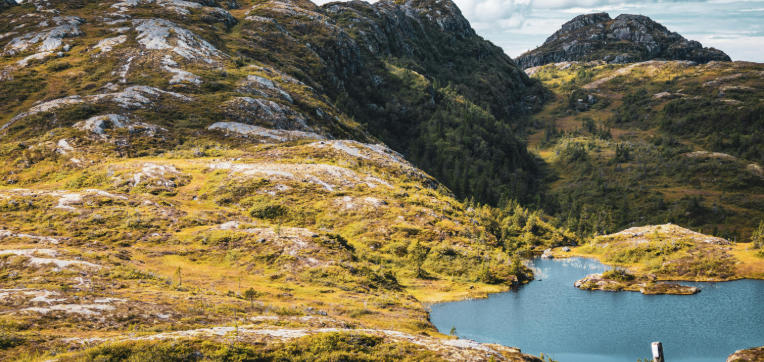The Geography of Trondheim and Its Surroundings
Trondheim, located in central Norway, is not only a hub of history and culture but also a place of stunning geographical diversity. Understanding its geography can enhance your appreciation for the region’s natural beauty, outdoor activities, and how the landscape has shaped its history and development. Whether you’re planning a visit or just curious about this beautiful area, exploring Trondheim’s geography is essential.
Natural Landscape Features
Trondheim is nestled between the Trondheimsfjord and the Bymarka hills, providing a unique blend of coastal and mountainous terrains. The Trondheimsfjord, which stretches for about 130 kilometers, offers picturesque views and a variety of shoreline activities, from kayaking to fishing. Meanwhile, Bymarka serves as the city’s green lung, with hiking trails, lakes, and forests that attract both locals and tourists year-round. This backdrop allows for a myriad of outdoor recreational opportunities, making Trondheim an ideal spot for nature enthusiasts.
Urban Geography and City Layout
The layout of Trondheim reflects its historic roots and modern growth. The city is characterized by its charming wooden houses, many of which line the Niess and the riverbanks. The innovative architecture of the region, particularly around the old wharves and warehouses turned into trendy cafes and shops, highlights how the city blends history with contemporary life. If you wander through the streets, you’ll find that the central area is walkable, encouraging exploration on foot and giving a more intimate view of the city’s heritage.
Climate Considerations
The climate in Trondheim significantly influences both its geography and daily life. With an oceanic climate, it experiences relatively mild winters and cool summers, which impacts the flora and fauna in the area. Snow cover in winter might invite winter sports enthusiasts, while the warmer months allow for vibrant outdoor activities. The changing seasons bring a unique beauty to the landscape, with lush green hills in summer and a picturesque wintry wonderland in the colder months. Understanding the climate can help visitors plan their trips around the activities they want to engage in, whether it’s hiking in the summer or skiing in the winter.
In conclusion, Trondheim’s geography offers a captivating blend of nature, urban life, and a unique climate. Whether you’re an adventurer looking for your next thrill or someone who enjoys history and architecture, this city has something for everyone. Don’t forget to explore its diverse landscapes and rich cultural heritage on your next visit!

